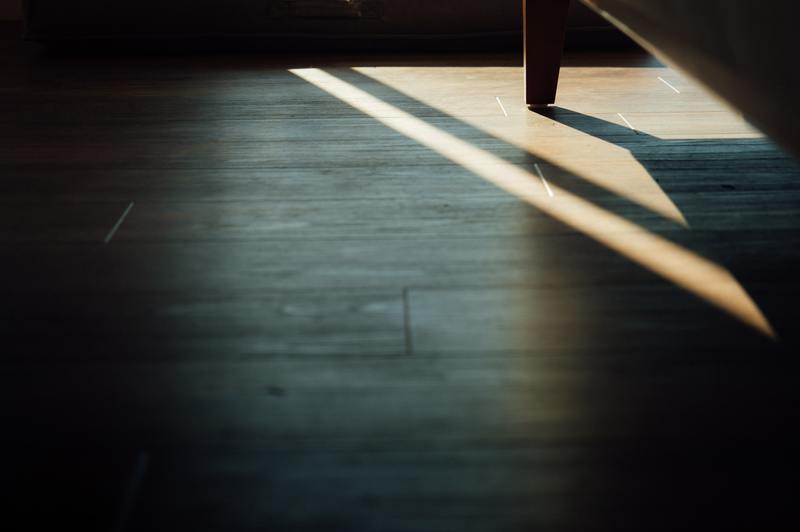Before learning how to remove mildew from vinyl, you should first know how it develops on your surfaces. Moreover, you have to understand what makes your objects vulnerable to the fungus and how to detect it.
Fortunately, we included all that in the article, so read until the end!

Why Does My Vinyl Have Mildew?
First off, we’ll clarify that mildew is different from mold. Mildew is milder and has lighter colors than mold.
Moreover, the former does not penetrate the surfaces it rests on, but the latter does. Mold also has more severe side effects than mildew; some strains even exude mycotoxins.
Mycotoxins pose adverse health problems as they may lead to immune system issues. Despite mildew being milder than mold, they can still trigger allergies.
Allergies and other forms of health issues are why it is essential to detect fungi growth early.
Mildew grows on vinyl for three reasons: moisture, darkness, and organic debris. All living things need water and food sources to thrive, so mildew develops in water-damaged and dirty pieces of vinyl.
Firstly, moisture gives mildew the perfect environment for growth. It leads to an appropriate temperature for it to develop.
Darkness also contributes to making the environment better for mildew as it discourages moisture evaporation. Hence, mildew and mold grow freely in dark locations.
Lastly, organic debris serves as mildew’s food source, which helps it spread on other surfaces.
Aren’t Vinyls Waterproof?
Vinyl floorings and sidings are waterproof, but those around them aren’t. Moreover, having waterproofing qualities does not mean it is entirely protected against water damage.
The spaces between the vinyl floorings of sidings may acquire and hold water, leading to water damage from the inside. Furthermore, this accumulation of liquid would then invite mold or mildew.
This type of water damage is often undetected, which means mildew spores can freely settle on the area and grow. In this situation, the fungus will only be detected once mildew spreads.
How To Detect Mildew Growth On Vinyls
Since mildew growth on pieces of vinyl tends to occur in the tiny cracks, it’s challenging to detect them by sight. Moreover, since they are light-colored and have a powdery texture, they are mistaken as dust or dirt.
The surefire way of detecting mildew is to be cautious of the scent it exudes. Mildew odor changes as it develops, so you may smell damp socks at first, then it may develop into a more musty and earthy stench.
If you think your vinyl has been contaminated by a fungus apart from mildew, like mold, you can ask for a professional mold inspection instead. Mold investigation is recommended if you notice your vinyl floorings and sidings incurring damage due to the contamination.
Generally, the mold experts would test for moisture if the mold and mildew contamination are not visible. Then, they will do mold and mildew remediation as necessary.
Steps In Removing Mildew On Vinyl
It’s imperative to remove mildew on vinyl floorings or sidings as soon as you detect them because they can attract mold growth. When the latter fungus strikes, it will become a more severe problem, and you may need to contact a professional to handle it.
Step #1. Use bleach
Bleach is known as the go-to mildew remover, although some may fear it’s too harsh. However, vinyl sidings can take it; trust their integrity.
If you are still doubtful, you can do a spot test to evaluate whether it is compatible with the vinyl. If not, you can opt for a commercial product that may not be as damaging as bleach.
We recommend CLR Mold and Mildew remover. If you’re looking for where to buy CLR Mold and Mildew Remover, click on the linked article.
You can also use oxygen bleach rather than chlorine bleach, as the former is gentler than the latter. It’s mild enough that your vinyl’s paint won’t even be affected.
Step #2. Prepare the solution
If you choose the oxygen bleach for mildew removal, you need to dissolve the product in a bowl of warm water. Then, pour the solution into an empty and clean spray bottle.
Afterward, spritz the solution on the affected area and leave it for more or less 10 minutes. Then, scrub the area to loosen the mold and wash the area.
Lastly, wipe the surface down with a clean cloth to remove excess moisture. If you use CLR Mold and Mildew Remover, you can look into the instructions on how to use them here.
Step #3. Make necessary changes
After removing the mildew, you should ensure that the fungus doesn’t invade your vinyl pieces again. To prevent future growth, you should do mildew prevention measures.
To avoid future growth, here’s an article on how to prevent mildew on outdoor cushions that may serve as a guide.
Conclusion
The last step on how to remove mildew from vinyl is to ensure that you accomplish appropriate mildew prevention measures. These steps are to safeguard your vinyl sidings and floorings, which can also lead to protecting your home from mold growth.
